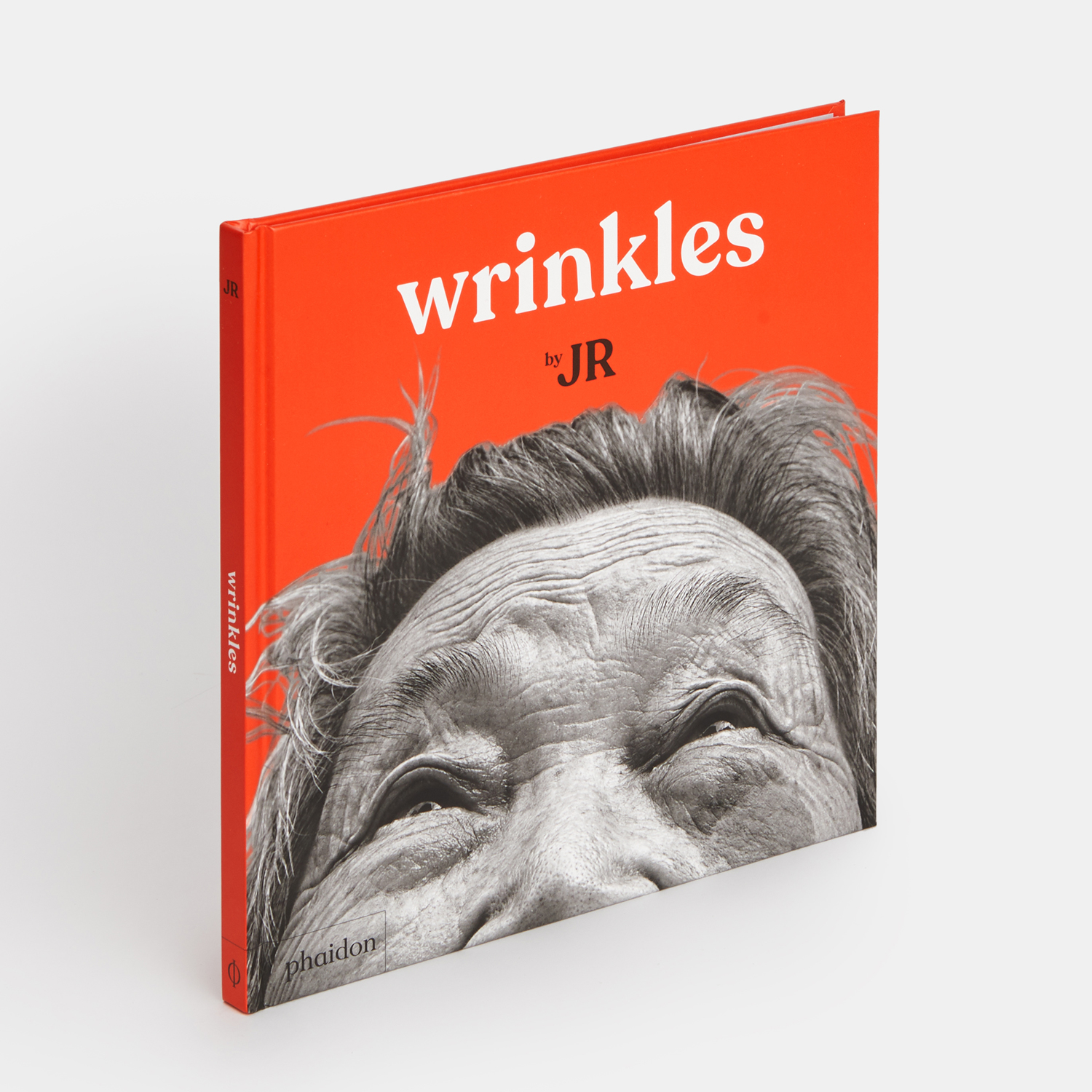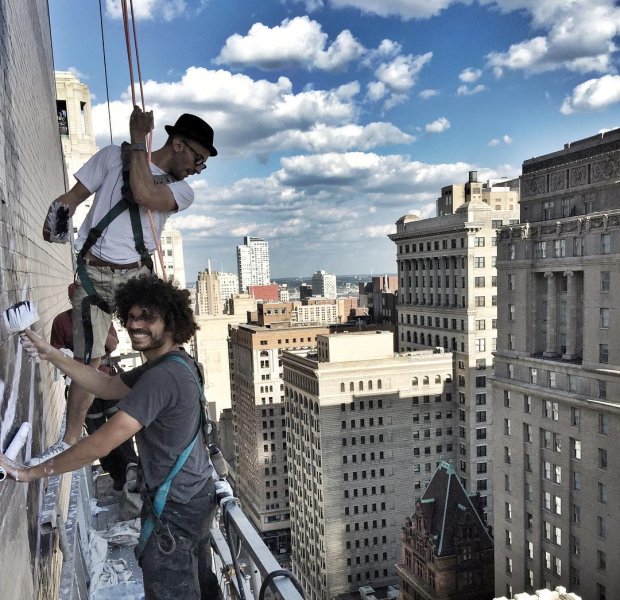
INTERVIEW: JR’s studio director on his life with the world's coolest artist
Marc Azoulay tells us how he went from investment banking to game-changing art installations - all thanks to JR
To make great art you need great skills, ideas and ambition, but also good people supporting you. And few are more capable than JR’s studio director Marc Azoulay. Over the past decade, Azoulay has worked beside the semi-anonymous artist and activist, to ensure that JR’s huge, technically challenging, works of public art, go off without a hitch. Ahead of the publication of the newly revised and expanded edition of JR: Can Art Change the World? and JR's first children's book, Wrinkles he tells us how they met, which work new readers should turn to first to really understand the art, and why JR created a kids’ book all about old people.
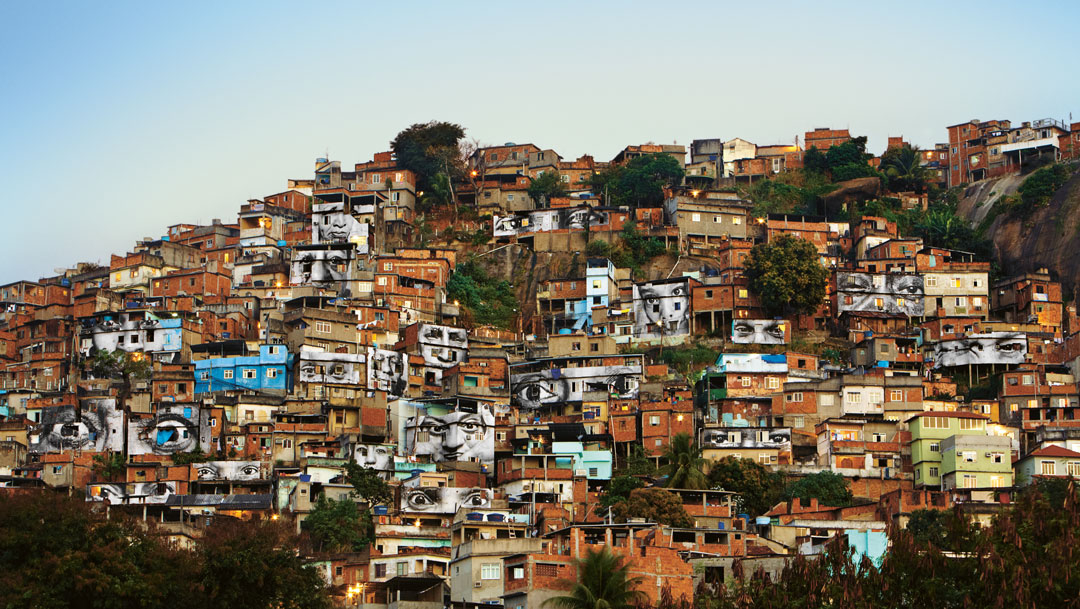
__Hi Marc, how did you and JR meet? __ I saw JR speak at a conference in an arts school, back in 2008. At the time I was working in investment banking, but I was right away fascinated by his energy, and his willingness to show the world that limits are always further than you think. A year later, I volunteered on a project in Paris, helping paste Ile Saint Louis with the eyes of women from Brazil and Africa. A few months later, I moved to Rio and started taking care of Casa Amarela, a cultural center JR created on top of the favela Morro da Providência. And in 2011, I joined JR full time to launch the Inside Out project and set up the studio in New York City.
This new book has lots of additional projects in it. What have been the most important projects you guys have carried out since 2015? There have been many different projects since the first edition of the book. In addition to various museum shows, we started working at a different scale using scaffolding installations, at the Rio 2016 Olympics, or at the US-Mexico Border. We organized a picnic on both sides of the border. There were two gigantic anamorphosis [optical illusions] at the Louvre, in 2016 and 2019. The movie Faces Places co-directed by Agnès Varda and JR received an Oscar nomination in 2018. And we started the Chronicles series, inspired by Diego Rivera murals, filming, photographing and recording thousands of people in Clichy-Montfermeil, San Francisco, New York City and one on guns that was a cover of Time Magazine.
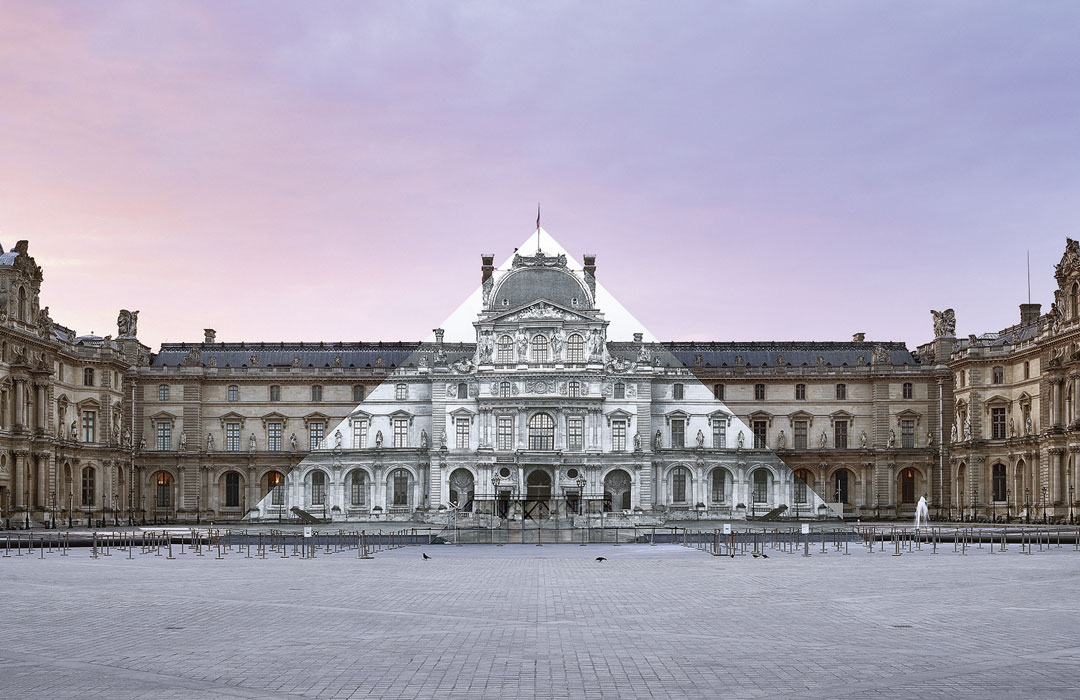
There are wonderful new pictures documenting each new work. How is this newly updated book different from, say, simply checking JR's Instagram posts? Many projects take place over the course of months and years, so looking at JR's Instagram feed will only give you the process, not the whole vision.
The title 'Can Art Change the World?' still poses a question. Have you guys changed your answer to that question in the light of JR's success? I'm not sure there is a definitive answer to that question - or it would be 'Art can change the way we see the world' and therefore the world?
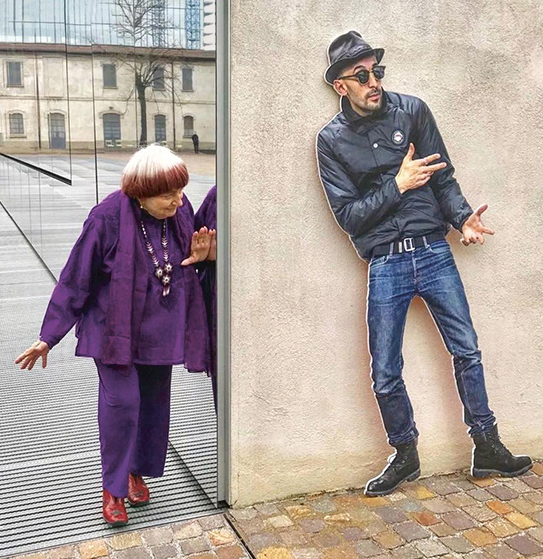
How important is JR’s anonymity? How does that help his work? In a way, JR is semi-anonymous. He's a public figure, but if he removes his hat and sunglasses, he becomes anonymous and can blend in. JR are his initials, and his identity doesn't really matter as his art and the questions it raises are much more important.
Books are an important part of JR's work, aren't they? Why do you value them so highly? In an era where everything is digital, taking the time to look at a book, to feel the texture of the cover and the pages, seems important. Books can be shared easily. And paper is JR's favorite medium!
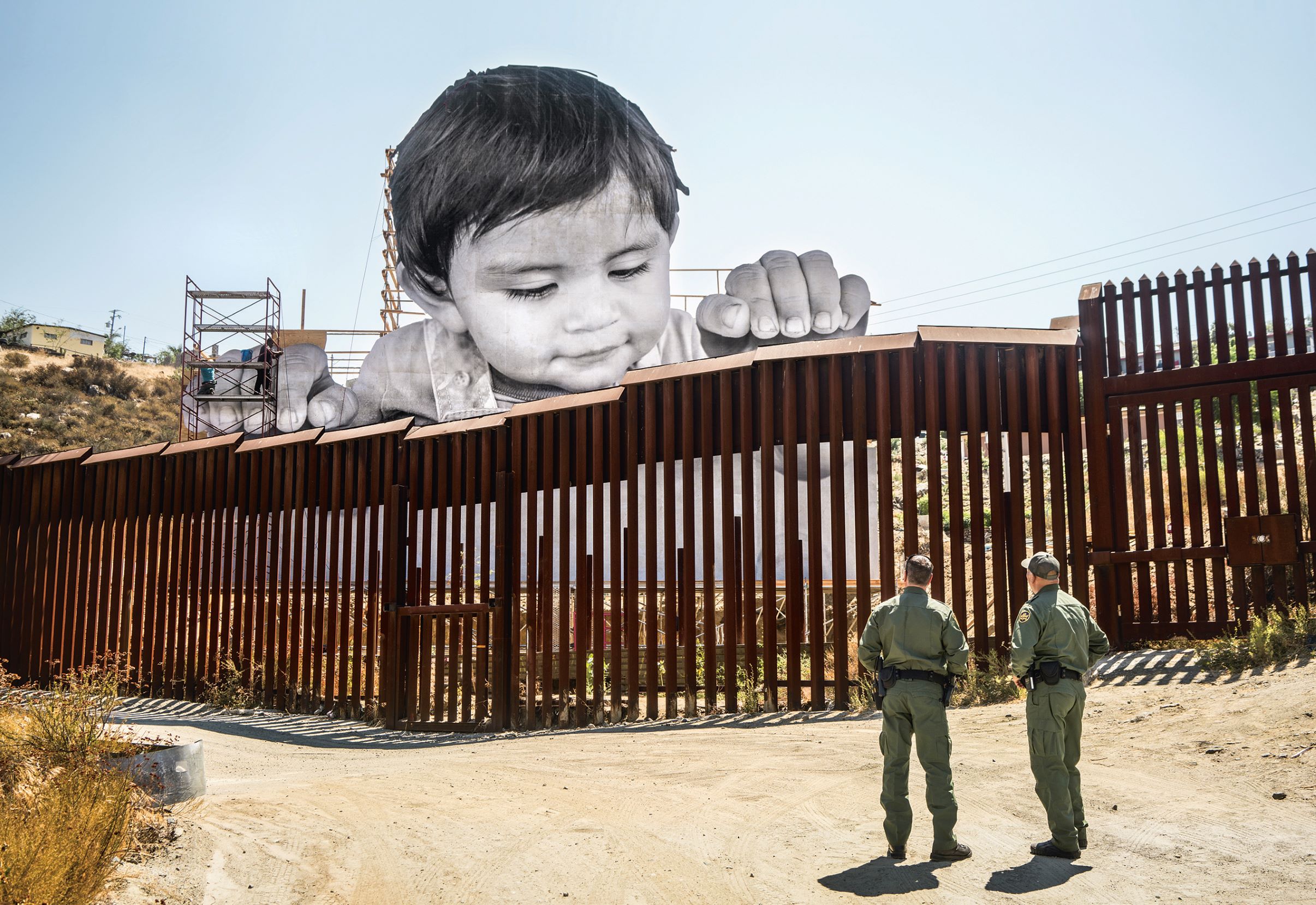
Which project in the book would you show people first to explain what JR does? I would show them Kikito, the giant scaffolding installation of a one year old at the US-Mexico border - on the Mexican side of the border, but best seen from the US side. It's a simple image with a very big impact that was continued by a gigantic picnic happening on a table spanning both sides, on a table made with the eyes of a Dreamer, where tacos and music were shared. JR's art doesn't try to give any answer, but instead to raise questions - art is a way to make people look at the world differently.
We're also publishing a children's book around the Wrinkles in the City project. Why do you think this project focusing on old people appeals to young readers? Art is about bringing people together. The elderly have a lot of stories to tell, and children love to listen to stories, right?
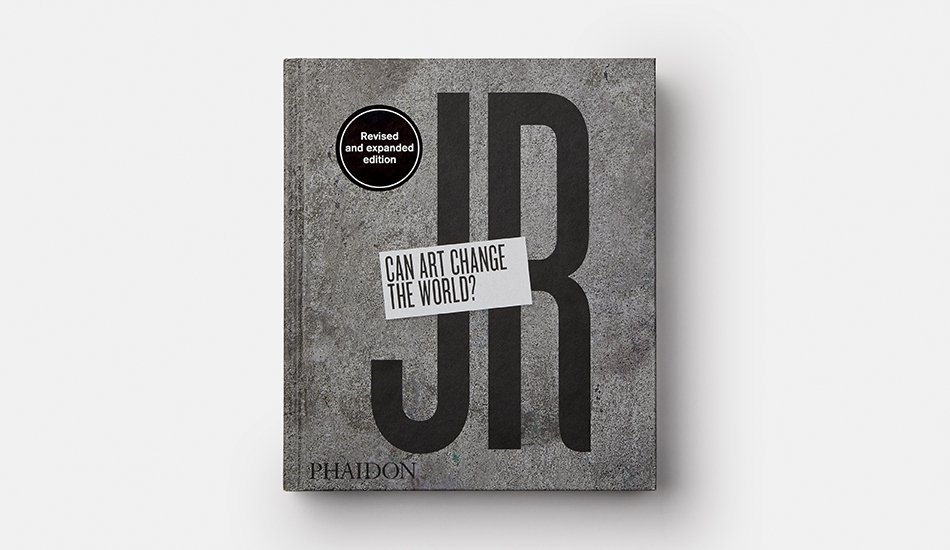
To get to know JR a bit better order a copy of our revised and expanded edition of JR: Can Art Change the World? here, and order his kids book Wrinkles here.
